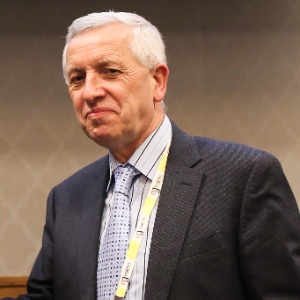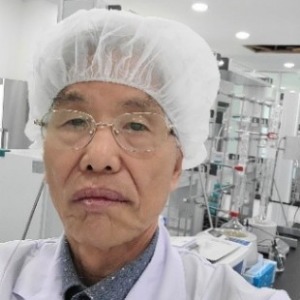The Monsanto acetic acid procedure is a carbonylation reaction utilising an organometallic catalyst. It was first created by Monsanto in the 1970s with the purpose of producing acetic acid commercially from methanol. Dual catalysis is used in the process, utilising HI and [RhI 2 (CO) 2]-as a co-catalyst. Early in the 1950s, German scientist Karl Ziegler developed a process for producing nearly fully linear HDPE at low pressures and low temperatures in the presence of intricate organometallic catalysts. Heterogeneous catalysts or organometallic catalysts, like palladium on carbon. These phrases are employed because the homogeneous type of reaction, in which catalysis occurs at the catalyst's surface, occurs with the catalyst and reaction substrates being in the same phase but not in the heterogeneous type.

Stanislaw Dzwigaj
Sorbonne University, France
Anne M Gaffney
University of South Carolina, United States
Victor Cerda
University of the Balearic Island, Spain
Marta I Litter
Sapienza University of Rome, Italy
Dae Dong Sung
Korea University Sejong Campus, Korea, Republic of
Enrico Paris
CREA-IT & DIAEE, Italy
Collin G Joseph
University Malaysia Sabah, Malaysia



Title : A desirable framework for establishing a resource circulation society
Dai Yeun Jeong, Jeju National University, Korea, Republic of
Title : Design of efficient and stable structured catalysts for biofuels transformation into syngas by using advanced technologies of nanocomposite active components synthesis, supporting on heat conducting substrates and sintering
Vladislav Sadykov, Novosibirsk State University, Russian Federation
Title : Application of vanadium, tantalum and chromium single-site zeolites in heterogeneous catalysis
Stanislaw Dzwigaj, Sorbonne University, France
Title : Personalized and precision medicine (ppm) as a unique healthcare model through bi-odesign-inspired bio- and chemical engineering applications to secure the human healthcare and biosafety: Engineering of biocatalysts - from evolution to creation
Sergey Suchkov, N.D. Zelinskii Institute for Organic Chemistry of the Russian Academy of Sciences, Russian Federation
Title : Catalytic potential of biochar derived from heavy-metal-contaminated biomass
Enrico Paris, CREA-IT & DIAEE, Italy
Title : Effective B2O3 modified Ni/Al2O3 co precipitated catalysts for waste cooking oil transformation into green diesel
Eleana Kordouli, University of Patras, Greece